
Reality of online property deals by NRIs
From online presence to virtual tour of the property, and digital advertising to sponsored games & other connecting platforms, the developers are not leaving any stone unturned to touch base with NRIs.

From online presence to virtual tour of the property, and digital advertising to sponsored games & other connecting platforms, the developers are not leaving any stone unturned to touch base with NRIs.
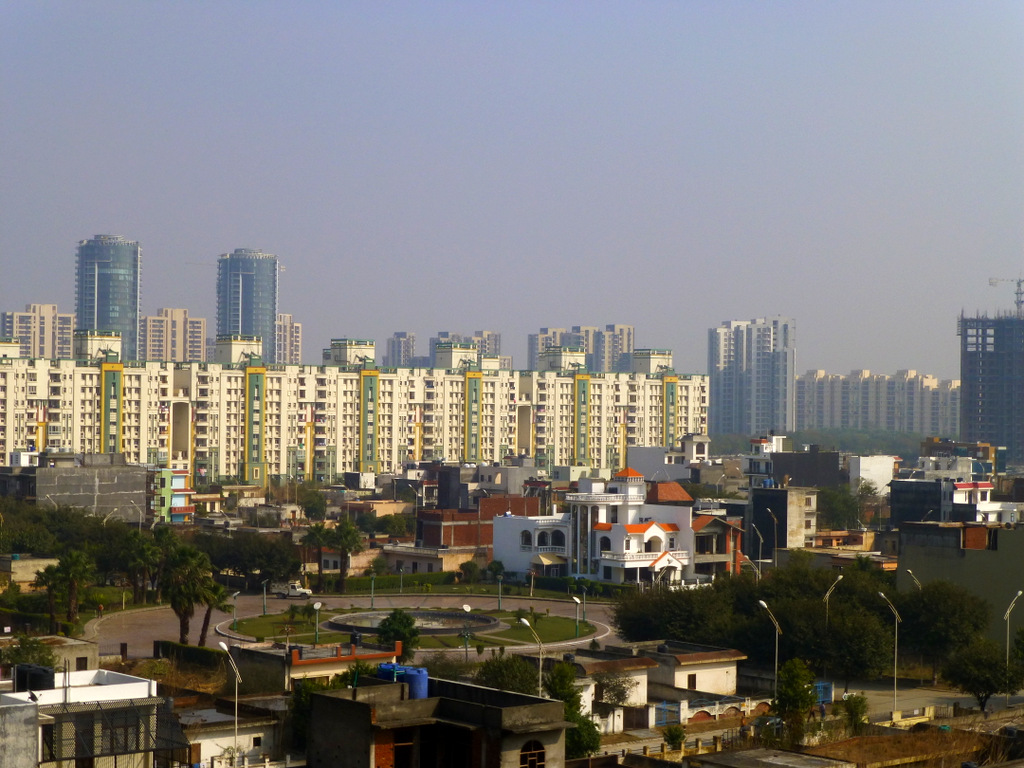
Welcome to Noida reality! Contrary to the dynamics of property market where lesser transactions lead to skyrocketing of rental values, in Noida this conventional wisdom of market does not hold true. Noida, as a matter of fact, is a classic case in contrast where the supply is huge, transactions are less and the rental values are the lowest. Reason: imbalance of demand & supply in the same catchment area.

The major demographic profile of the NRIs is from the states of Gujarat, Kerala, Punjab and other parts of North and South India. Going by what the traditional investment pattern of the Indians, the cities that should draw the maximum NRI investment should be Kochi, Ahmedabad and Chandigarh. But then it is the Mumbai city that has over the years commanded the maximum premium from the NRIs.
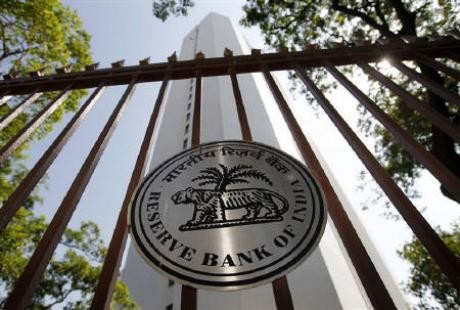
Mumbai has been the undisputed financial capital of India. The emergence of other business destinations, like Bangalore, Gurgaon or Pune could not take the sheen out of the city, even in the wake of infrastructure deficit and other urban problems plaguing the peninsular city. Now the Mumbai city is poised to elevate itself to the next level of business destination. The MMRDA (Mumbai Metropolitan Regional Development Authority) plans to make Mumbai a major global financial hub.
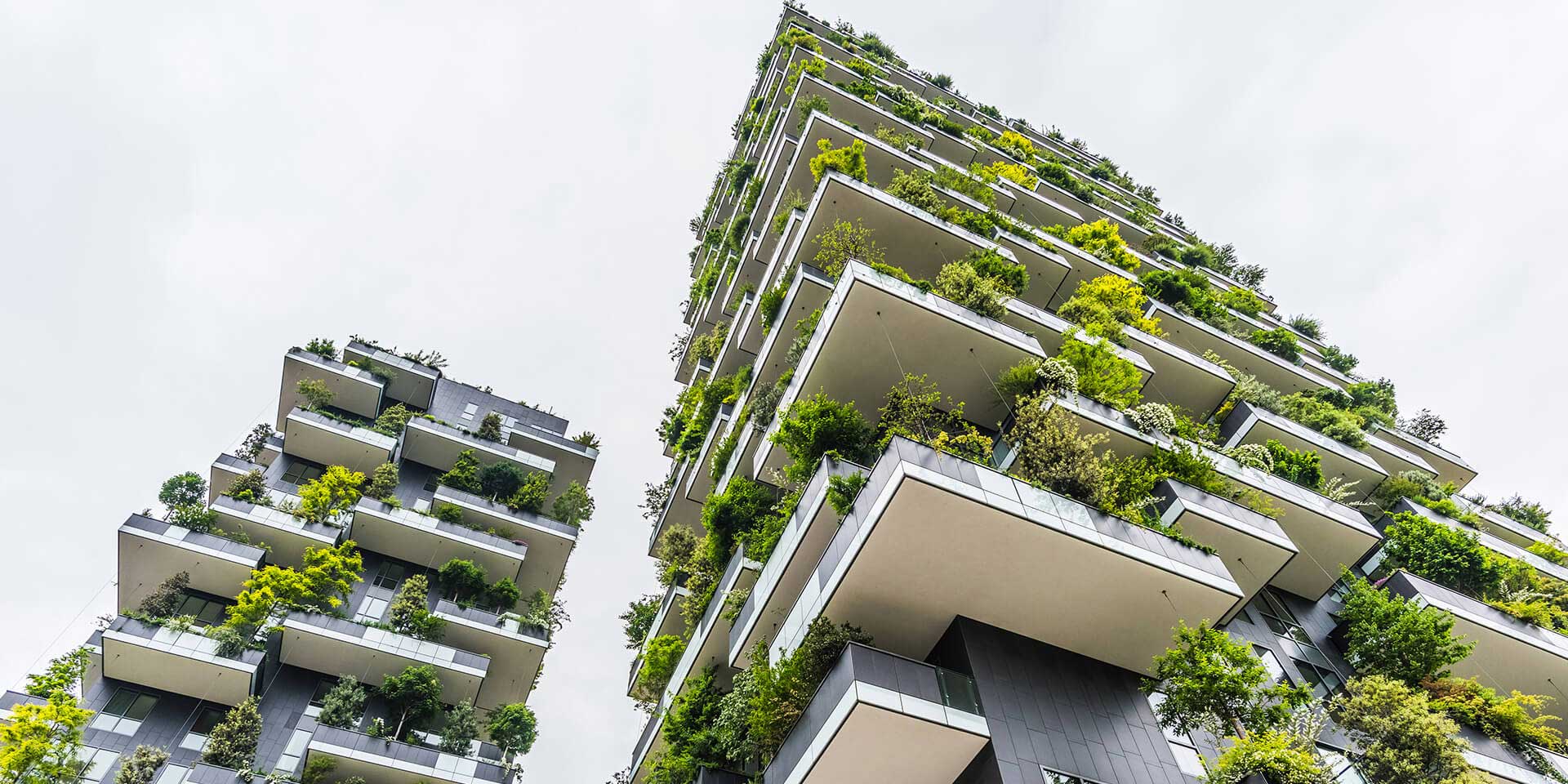
Urban habitation at the cost of environmental concerns have globally been debated and contested. In India the environmental concerns have often stalled big-ticket infrastructure projects and the government also vows its commitment to encourage the eco friendly and sustainable developments. However, some recent decisions have exposed the gap between the lip service of the policy makers and their commitment to the cause of eco friendly and sustainable developments.
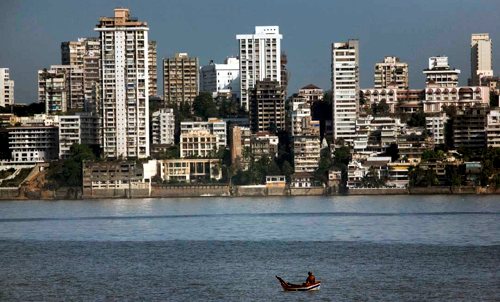
Across the peninsular cities of the world the use of waterways transport has been a matter of raging debate. Some of the cities have successfully done it to ease the load on the road traffic.

A closer look at the sales methodology of the developers suggests while they exaggerate some USPs of the project, they very smartly conceal the information to make their offer look very lucrative to homebuyers.

Amidst all the misleading claims and marketing exaggerations, location mapping is the most glaring one. Generally maps are not to scale and give the wrong perception of the location of the project. For example, the brochure will say 10 minutes from the airport or commercial district; it does not state distance in kilometres.
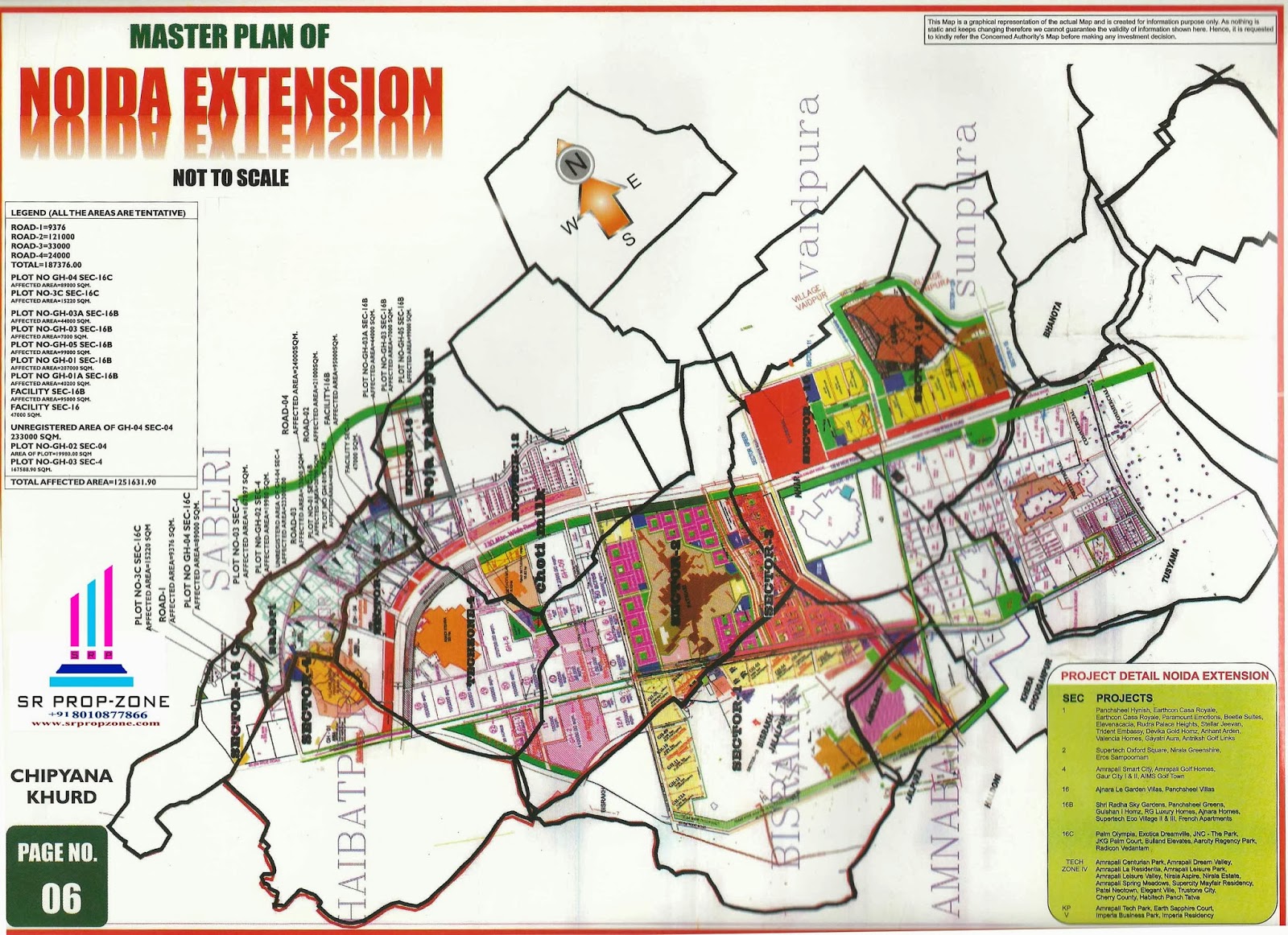
Largely viewed in the collective consciousness as the most affordable market of Delhi-NCR, probably the authorities did no justice to this market by positioning it as yet another micro market to supplement Noida and Greater Noida. More than the controversies and the litigations, the positioning of the market has been a challenge.
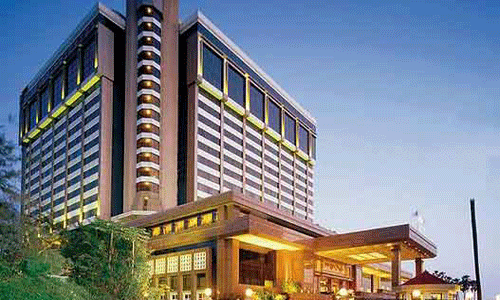
Urban planning experts believe this is a much deeper question because it is not just about the existing urban centres but also about the way urbanisation is eventually going to happen in this country. As per the UN statistics the urban population of 40 crore in India would be 60 crore in less than 20 years of time. It clearly suggests that the existing cities won’t be able to fit in this additional 20 crore population, whether indigenous or migrants.
